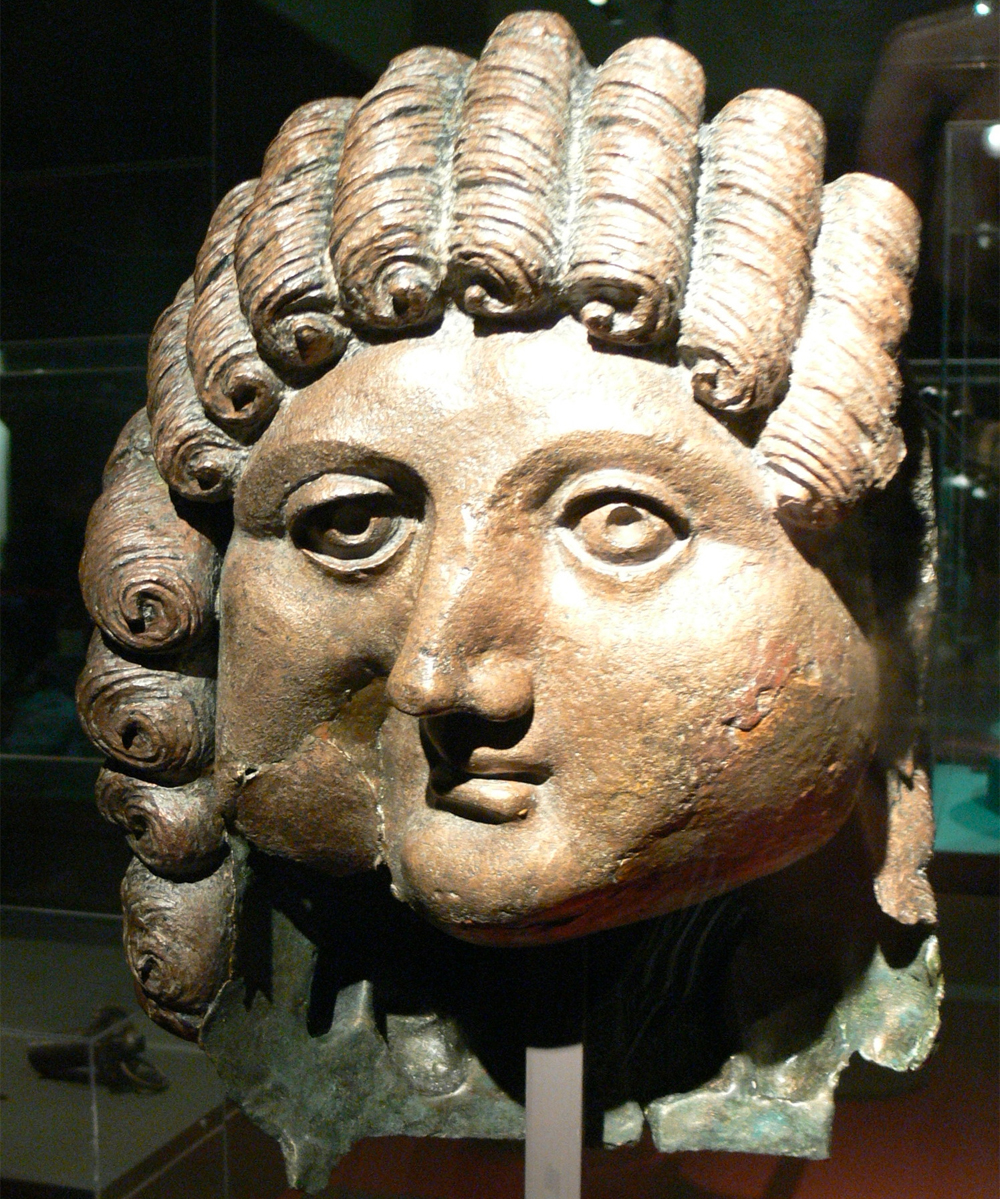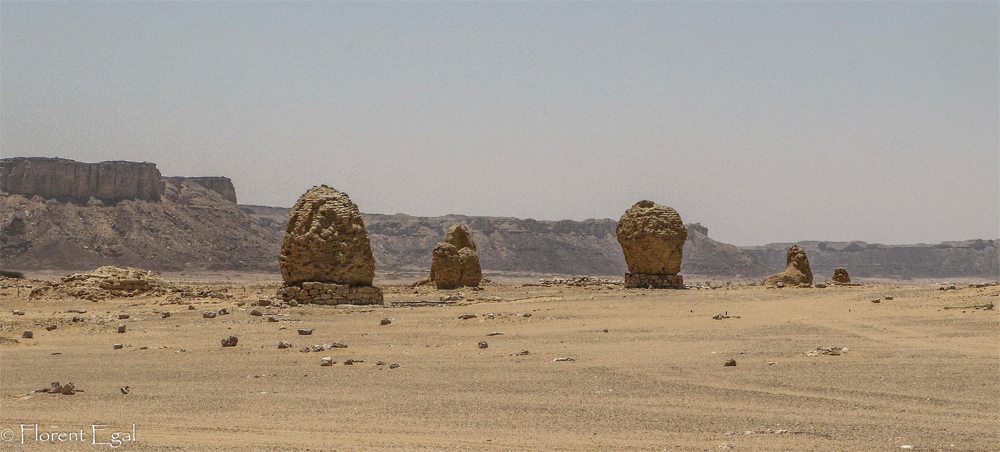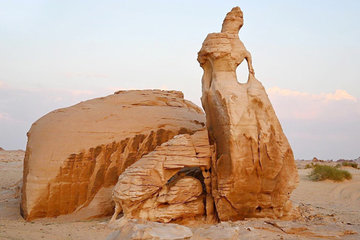
The Kingdom of Saudi Arabia is rich in culture and heritage with history stretching from prehistoric times to the last century. It is well-known that the northwestern regions such as AlUla and Al Jawf are famous for historical sites dating back millennia, many of which were home to some of the earliest Arabic and Aramaic cultures in the region. In the south of the Kingdom is perhaps one of the most important such sites in the Arab world, and part of recent cultural collaboration between Saudi Arabia and Greece in 2021, Qaryat Al-Faw.

A historical site situated in the southern Riyadh Region, no one truly knows enough about Qaryat Al-Faw, but archeologists believe that this ancient city existed since the 4th century B.C. Originally the capital of the Kindah Kingdom, it once served as a stop station for traders before becoming a significant destination. Through recent expeditions, Qaryat Al-Faw is believed to have had houses in addition to marketplaces, cemeteries, roads, temples, water wells, and more.
The region is now arid, and void of greenery and any sign of life, but it was believed to have once been an oasis, hence a lot more favorable to the ancient civilization as it also went by the name “Dhat Al-Jnan” (City of Gardens). However, Qaryat Al-Faw would be abandoned by the 4th century A.D.
What makes Qaryat Al-Faw significant to Arab heritage is its ancient language. The ancient people spoke what is considered to be an old form of Arabic as evident in ancient inscriptions. This has made the southern region significant to Arabic heritage. In fact, the ancient language is believed to have succeeded a late Aramaic dialect once spoken by the Nabateans across the region.

As for the inscriptions, some have made reference to Qaryat Al-Faw by its other names such as “Qaryat Al-Hamraa” (Red City), “Dhat Al-Jnan” (City of Gardens), and “Qaryat Dhat Kahl,” Kahl being the main deity worshiped by the people of Kindah and Madh'hij. Other discoveries include statues, a glass bowl, and paintings dating back to the 1st to 3rd century A.D.
Since the 1940s, Qaryat Al-Faw drew the attention of both Saudi Aramco and authorities, with King Saud University overseeing excavation efforts between 1970 and 2003. Presently, the Kingdom’s Ministry of Interior has stated that the ancient site is one of the most important archeological sites in the region, if not internationally. In May 2021, Saudi Arabia held a joint collaboration with Greece in promoting the archeological development of Qaryat Al-Faw.

















